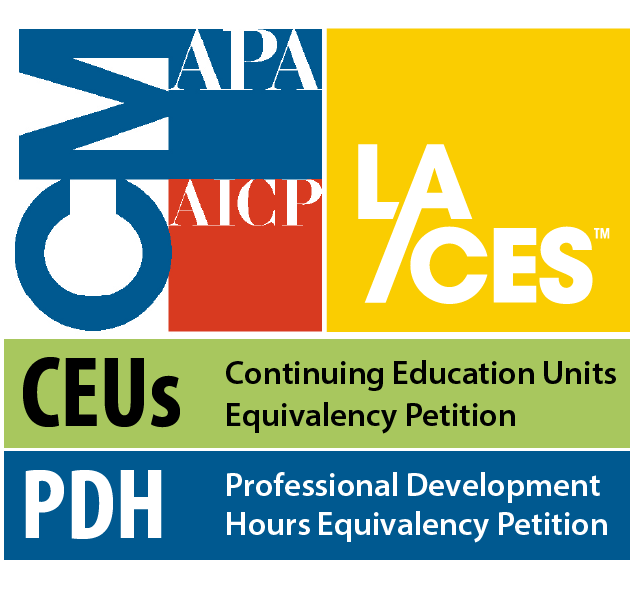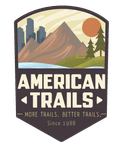Researchers will share their findings, including case studies and best practices, and discuss how co-locating recreational amenities alongside transmission infrastructure can enhance community well-being, generate sustainable economic growth, and improve local wildlife habitat and ecosystems.
Webinar Outline
Electric transmission lines are often located in linear corridors that are also used for recreational activities like hiking, running, and biking. While many communities already use these spaces for recreation, there is untapped potential to co-develop or repurpose transmission corridors for parks, trails, and greenways. These corridors span urban, suburban, and rural areas, offering myriad benefits to communities, from improved public health and nature-based experiences, to increased connectivity for alternative transportation.
Despite these advantages, local and state regulations can complicate efforts to fully utilize these spaces, making it challenging to create partnerships and negotiate easements or right-of-way access agreements. Researchers at the Pacific Northwest National Lab are working to overcome these challenges by promoting a multi-use approach to transmission infrastructure. Their goal is to bring together recreation advocates, land managers, community groups, municipalities, and utility companies to explore how to maximize the benefits of these corridors.
In this webinar, researchers will share their findings, including case studies and best practices, and discuss how co-locating recreational amenities alongside transmission infrastructure can enhance community well-being, generate sustainable economic growth, and improve local wildlife habitat and ecosystems. Panelists will also focus on how recreation advocates can work together to create new opportunities for trails, parks, and other recreational spaces in communities across the country.
Learning Objectives:
- Understand the range of potential benefits and challenges of utilizing transmission corridors for recreation
- Be able to articulate social, environmental, and economic factors of trail development in linear transmission corridors
- Generate ideas for building strategic partnerships and coalitions to more effectively advocate for multi-use transmission siting and development
- Increase awareness of the opportunities for trails and parks as part of future energy development
Trail Competencies
-
Relevant Trail Types
General. All trail types are relevant.
Learning Credits and CEUs

Learning credits will be available to attendees and are included in the registration fee. The length of the session will determine the number of hours/credits given. In order to obtain credits, attendees must fill out an evaluation survey for each session they attend, as well as complete a learning credit tracking form noting each session they are requesting credits for (or a quiz if virtual). This form (and complete instructions) will be available online as well at registration. Email the conference host or [email protected] with any questions.
American Trails is a certified provider and can offer the following learning credits and continuing education opportunities: AICP CM, LA CES (most HSW approved), NRPA CEU Equivalency Petition, and CEU/PDH Equivalency Petition for other accepting organizations.
You may also like
Related Upcoming Trainings
This training has been viewed 173 times.
